"Never cleat the main” is often taught to beginning small-boat sailors. A cleated main can turn you over. A friend of mine, Barry Thomas, solved this when he built a Seabright skiff for his young son, David. There were no blocks in the mainsheet and no cleats on it, so Barry let his son sail whenever he wanted. David wasn’t strong enough to hang onto the mainsheet if the wind was strong enough to capsize the boat, so he couldn’t help but spill wind from the main.But sometimes there are not enough hands to hold the main, steer the boat, and do something else; sometimes you just get tired and it’s a relief to have a cleat to hold the sheet. Dinghy racers are well familiar with this, and for many years have used various forms of quick-release jam and cam cleats. But sailors who haven’t grown up with them may not be fast enough to free the sheet, and so sometimes wind up taking a swim. With a turn around a short pin protruding from the underside of the thwart, a slipped hitch holds the main sheet.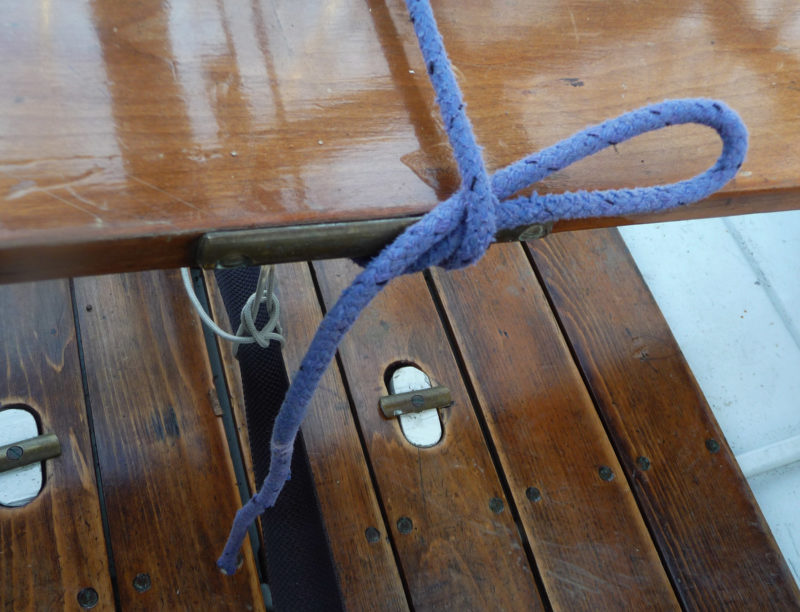 Ben Fuller
Ben Fuller
Join The Conversation
We welcome your comments about this article. If you’d like to include a photo or a video with your comment, please email the file or link.

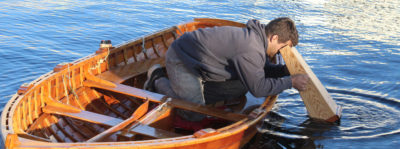
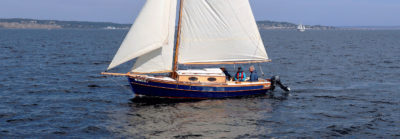


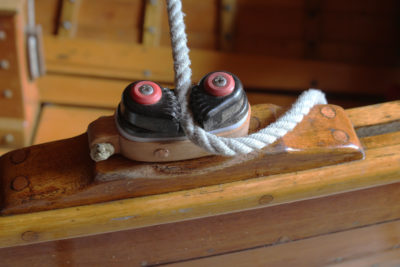
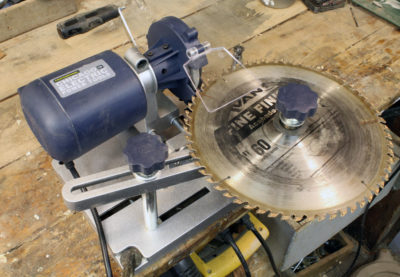
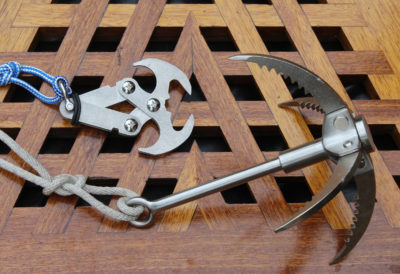

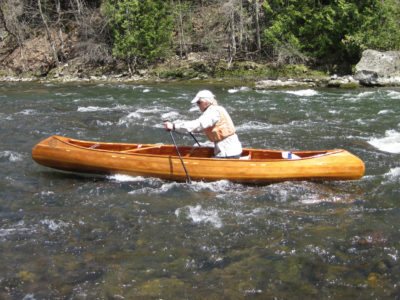
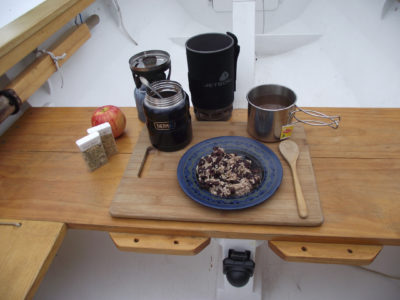
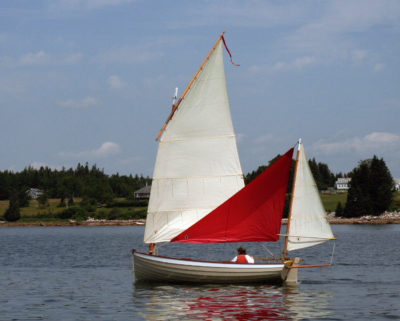
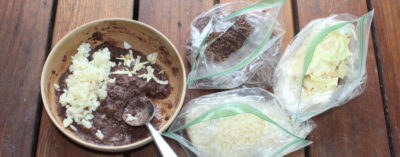
I use an old-fashioned bronze two-horn jam cleat, screwed to the aft end of the daggerboard (or centerboard) trunk, with the narrow end facing up. You can lead the sheet under the cleat (which eases the strain of holding it) and, if conditions permit, you can jam it over top. The least tug will release it. Depending on how the sheet leads, you may be able to jam it without coming under. Works for me.
The older Sunfish have a sheet hook on the forward cockpit lip—very useful. On our Penobscot 14, we put belaying pins on the quarter knees to help with sheeting angles, and we can put a half wrap or two around them if we like.
Really good idea. My Caledonia Yawl has a centre sheet system with a cam cleat on the bottom tackle. This is fine when sailing with a crew dedicated to the main sheet but is somewhat risky sailing solo as if you have dropped the sheet and are on the rail you can’t get to it quick enough. Living in windy Fremantle this can cause the odd dunking. Yet I don’t want to put a permanent cleat on the rail as when I sail with a crew it will get in the way. So I really like this idea as when I sail solo I just pop the cleats in and off I go. Thanks for the article.
It’s nice to see the need to free yourself from holding the sheet acknowledged—it really does make life aboard much more pleasant. As your article makes clear, it’s simple to arrange. On the even simpler side of things, I simply tie of the sheet to an oarlock with a slipped half-hitch–making sure the knot is oriented so that the bight can’t catch on the horn of the oarlock when you pull the quick release. Of course, some may not be comfortable leaving oarlocks in place while sailing. You sure wouldn’t want to fall on them.
I saw Ben’s setup in RAN TAN a few years ago at the Small Reach Regatta and I borrowed part of his cleat idea for my Welsford Scamp. My Scamp has a foot well in the cockpit sole, so I added a downward facing thumb cleat on the forward face of the well a couple inches below the sole. I hook the sheet under the cleat and then I can hold it against the sole by stepping on it with one foot. It takes only the lightest pressure to hold it, and simply lifting my foot lets the sheet run free. I love simple ideas that work!
On my Penobscot 14, I have taken a turn around the dowel that is athwartships at the top of the centerboard which is to the stern when the board is all the way down. This is similar to taking a turn around an oar horn.
I really really don’t like sailing with the rowlock horns in place unless I’m rowing. Back in my youth I had to take a person to the hospital ER who tripped on a dock and fell onto a boat whose horns were in place. A really ugly sight, blood, contusions, etc. Put ’em away.
I have sailed small boats since I was 12 years old. No cam cleats then, so I actually invented the knot shown on the thwart, and used it on my hand. Invented in the sense of parallel development, of course. But people always warned me about ever wrapping a sheet around my hand, but I had started using this knot because I knew if anything happened I could just rotate my wrist slightly and the sheet would be running free. As I proved to myself many times.
This article is worth the annual subscription, thanks all.